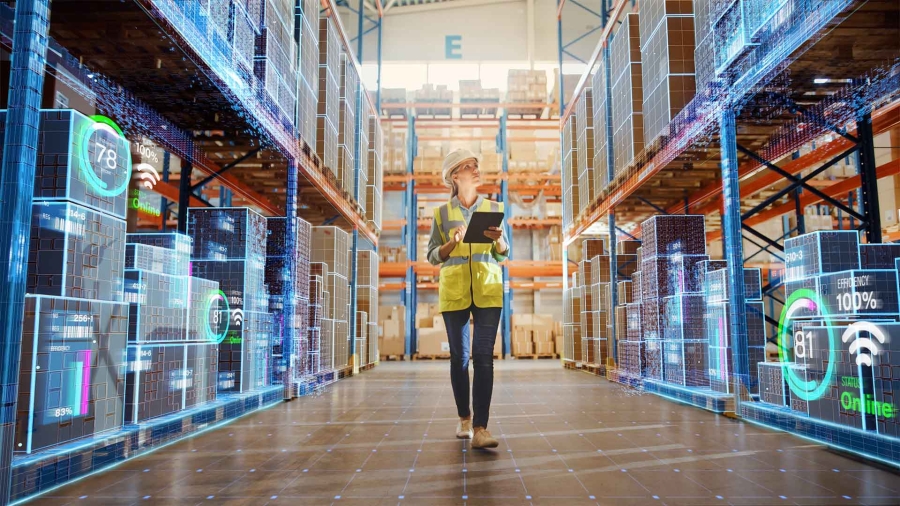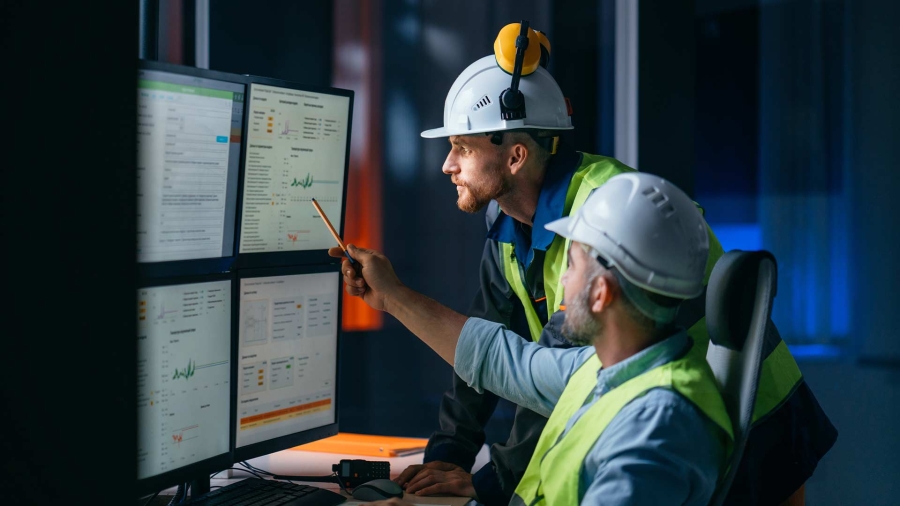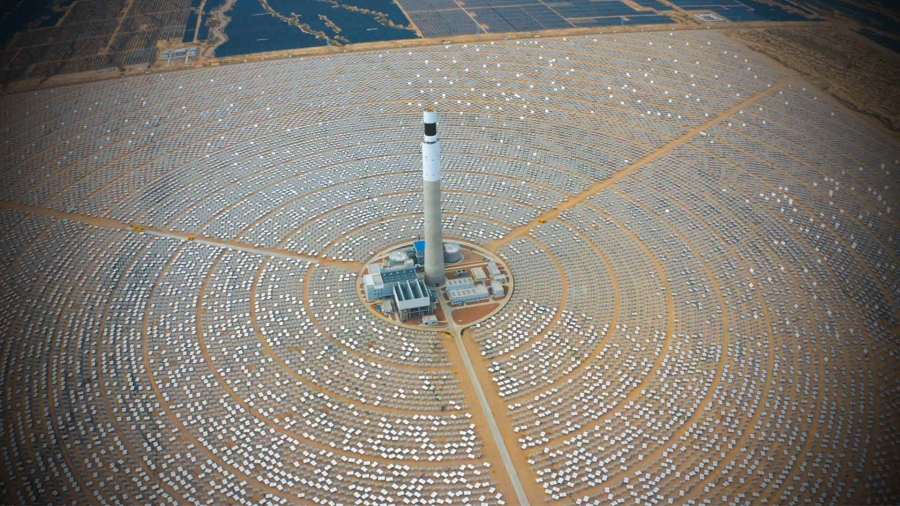The challenges facing industry at the moment are tough: supply chain disruptions, recurring lockdowns and lingering travel restrictions, to name just a few. We’re all trying to find the balance between overcoming these challenges while working to a future where we are more resilient, sustainable and efficient.
But today’s efforts are not enough. We’re being too conservative.
More of our collective energy needs to be spent on the practical ‘how’, – the “how can we get there with immediate actions”. We have innovative technologies and solutions sitting on shelves, waiting to be deployed.
McKinsey estimates that Europe operates at just 12% of its digital potential, with the US only marginally better at 18%. Or look at it another way: The productivity unlocked by the digital economy in India could create 60-65 million jobs, and it could make up to 45% of industry revenue by 2030 in China.
The problem: closed solutionsAll of this paints a clear picture that digital technologies are the key to resilience, sustainability, and efficiency. We’ve all worked with automation long enough to know that. Digitize everything, integrate, measure, monitor, adapt and iterate based on the data. That’s putting it very simply – but it conveys the basic idea.
So, if we know the potential of digitization, what’s stopping us from unleashing its full power?
Perhaps surprisingly, the constraints are more historical and psychological than technical in nature. The ability of manufacturers and process industries to innovate has long been restricted by closed, proprietary industrial automation systems. Existing approaches to automation and tools are currently limited by vendor lock-in, un-optimized for the creation and management of modern data and software-driven systems. When vendor solutions can’t communicate with each other, an enterprise’s ability to truly transform digitally is limited.
The solution: universal automationThe adoption of a standardized automation layer, common across vendors, could provide huge opportunities for growth and modernization across industry. Think of universal automation as the dawn of an industrial automation app store.
Common standards and collaboration across industry are also central to fostering innovation. The IT world long ago realized the benefits of open operating platforms. The industrial world now has a valuable opportunity to repeat this success.
Of course, it’s understandable that many traditional industrial automation vendors might be uncomfortable with this kind of change. After all, concepts like ‘interoperable’ and ‘portable’ go against their longstanding business models.
But what starts off as self-preservation can quickly turn into market-fragmentation and obsoletion – in the same way that the disappearance of the mainframe computer as a mass-market solution happened in large part due to lack of compatibility and the resulting extra engineering effort that had to go into servicing.
The first technology is hereOur own universal automation offer, EcoStruxure Automation Expert, is the world’s first software-centric universal automation system. It decouples the hardware from the software to allow for:
- Greater versatility, enabling automation applications to be built using asset-centric software components, independent of the underlying hardware infrastructure.
- Advanced engineering efficiency, whereby users can distribute applications to any system hardware architecture of choice — with minimal to no additional programming effort.
- Increased agility by allowing data on the field and data in the cloud to use the same system and, by eliminating the layers between field data and analytics, making the system much more reactive.
With this open technology, we can connect with almost any third-party hardware — no matter who the supplier is.
We’ve recently implemented this in our Smart Distribution Center in Shanghai. Because the software is decoupled from the hardware, modifying the conveying line to adapt is easier and more cost-effective. The result: identifying the root cause of failure and troubleshooting is four times faster. And with 45% less products on the error line, throughput is increased by 5.3%.
The latest release of EcoStruxure Automation Expert includes close integration with AVEVA™ System Platform. One study showed the EcoStruxure Automation Expert and AVEVA combination reduced engineering efforts by over 50% [1].
The time for change is nowWe’re always asking ourselves: How we can become more resilient, efficient, and sustainable? The answer is embracing interoperability. The IEC 61499 standard that makes universal automation possible also creates the environment for a new industrial revolution; increased resiliency, efficiency and sustainability go hand-in-hand with that.
At Schneider Electric, we’re leading the way. But we hope to see all of industry follow us on this open journey. By delivering more value for the end-user, an interoperable approach will increase investment in automation – which in turn means new revenues, new business models, and new customers for automation vendors and integrators.
Change isn’t a zero-sum game where the winner takes all. Industries, customers, vendors, and end-users will all benefit from a more free, open and competitive automation marketplace. All that’s needed now is collaboration between the main industry players and automation vendors to give the process a final push.
It’s time to get practical: Embrace the standard. Adopt the technology. Let’s begin to build the industries of the future – today!
Are you ready to be part of a more resilient and sustainable future?
____________
Hear more from Jean-Pascal Tricoire, Chairman and CEO. Follow him on LinkedIn and Twitter and catch up on his latest blogs below.
Industry must transform. Here’s a practical recommendation














